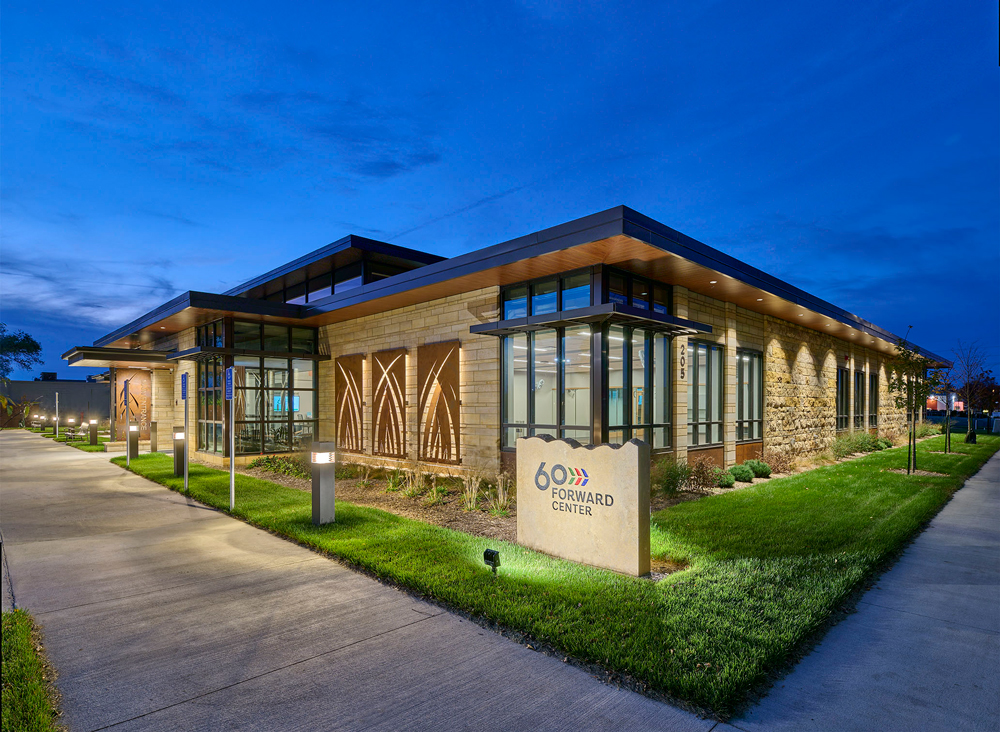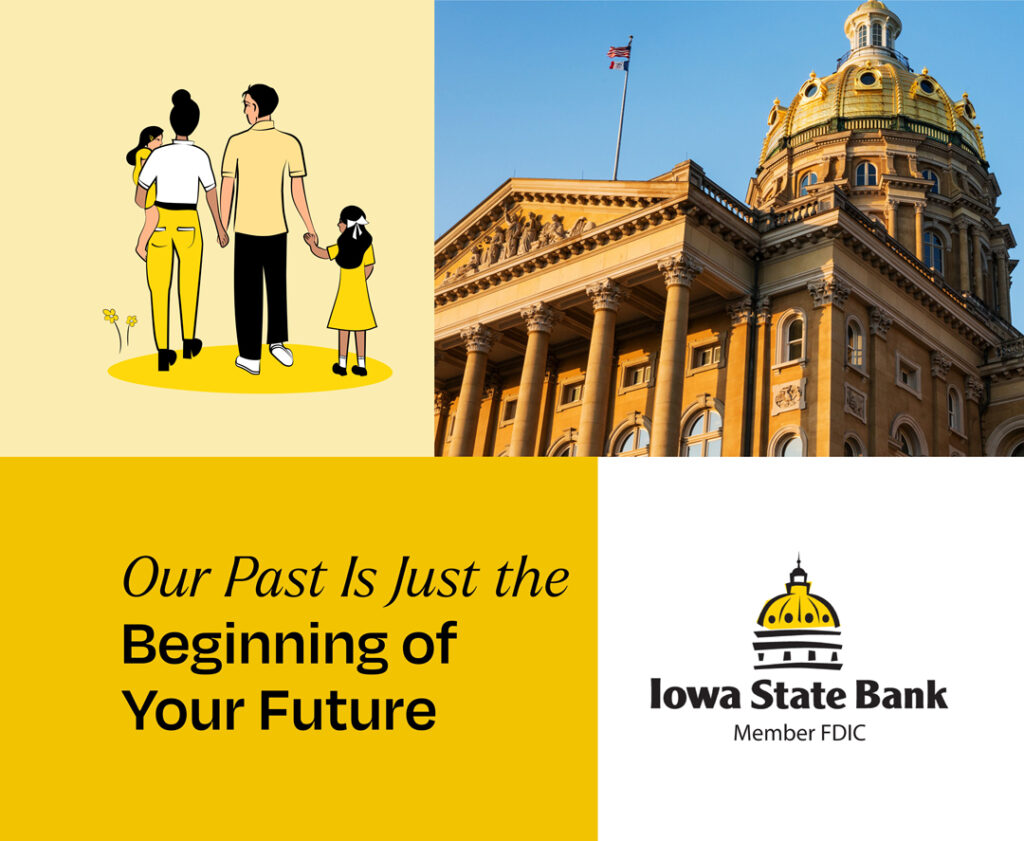Return to Office: Navigating the Challenges of Urban Growth
SPONSORED CONTENT

BY JEREMY REDING, AIA, LEEP AP, Global Workplace Leader | Senior Principal, DLR Group
As employees in Des Moines return to the central business district, businesses and urban planners are navigating a multifaceted challenge. While the rejuvenation of the district is a positive sign, the journey to return to the office is far from seamless. Many employees in the Midwest have adapted well to hybrid work models, blending remote and in-office work. Yet, despite generally favorable commute times ranging from 15 to 30 minutes, the Midwest has seen a rapid influx of new residents due to out-of-state relocations and record-high gas prices, presenting obstacles to a smoother transition back into the office setting.
Navigating Urban Growth
The continued expansion of the suburbs and the burgeoning East Village present new logistical challenges. These areas are experiencing significant development, attracting residents who prefer the blend of suburban tranquility and urban amenities. Younger generations are migrating to the Midwest in masses, looking for a simpler, more affordable lifestyle. However, this growth necessitates enhanced infrastructure and transportation solutions to allow for smooth commutes to the office.
The suburbs, with their growing residential and commercial areas, require better connectivity to the business district. This involves not just expanding road networks but also improving public transportation options. Increasing funding to implement reliable and frequent bus or shuttle services could significantly alleviate commuting woes. As the East Village expands, and neighborhoods to the south see new developments, they boast dense hubs of mixed-use activity. Ease of access to these areas from the suburbs is a priority, reinforcing the connections through enhanced pedestrian pathways and bike lanes. Bike trails along the river serve as eco-friendly modes of passage that can be opened to a larger community with the addition of spurs within the neighborhood to the existing Neal Smith and John Pat Dorrian trails. These gateways of ingress give people new opportunities for their unique commute.
Investing in the Community
The return to the office setting presents an opportunity for corporations to invest in the central business district, transforming it into a vibrant city hub that entices and excites. By prioritizing the revitalization of downtown areas, companies can play a substantial role in creating dynamic urban environments where employees, residents and visitors are motivated to spend their time. Strategic design choices guide this effort with the development of mixed-use spaces within the urban core, centralizing an assortment of leisure, retail and dining options. Additionally, corporations can enhance the appeal of the business district by integrating local art into office spaces, organizing team outings to nearby museums and restaurants, and providing practical services like laundry assistance to help employees manage their time effectively. Details like this help bring the vibrancy of the community into a workspace.
By investing in the central business district and fostering a strong connection between the workplace and the surrounding community, organizations can create a livelier, one-stop, city center. This investment not only motivates employees to return to the office but also contributes to the overall vitality and growth of the urban area, making the commute a worthwhile experience.
Prioritizing Accessibility
An office location that emphasizes accessibility and connectivity has the increased potential to reduce stressors associated with commuting. Offices located near major transportation hubs, with easy access to public transit and ample parking, can reduce commute times. Incorporating facilities like bike racks, showers and changing rooms encourages sustainable commuting options, such as cycling.
Integrating Amenities
To make the office an attractive destination, integrating amenities that enhance the overall work experience make the commute feel more worthwhile. Cafeterias, fitness centers, outdoor spaces and wellness areas contribute to a more balanced and enjoyable workday experience.
Returning to the office in Des Moines is an evolving process, shaped by prioritizing work-life harmony and urban growth dynamics. As employees navigate their journeys back to the central business district, now is the time for businesses, urban planners and designers to collaborate in creating solutions that enhance the commuting experience and support a thriving urban core.
By prioritizing community building, flexibility, accessibility and amenities, a thoughtfully designed space plays a crucial role in making the return to the office a positive and sustainable transition. The goal is to transform return-to-office challenges into opportunities, fostering a vibrant and resilient business district that benefits both employees and employers.

Jeremy Reding
Global Workplace Leader | Senior Principal, DLR Group











